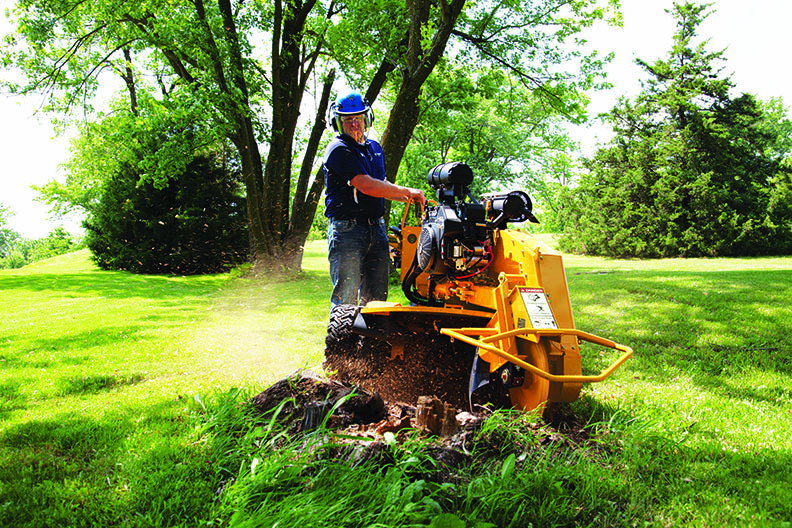The tree care industry is a competitive place. The numerous “pickup truck and a chainsaw” companies pose a constant threat to firms that limit their work to tree pruning or removals. That’s why more companies are adding services such as tree health. This is one way of becoming a well-rounded professional tree care organization that can solve customer problems.
“I have seen companies grow by tens of thousands of dollars from one year to the next after adding tree health care,” says Shawn Bernick, vice president and director of research and development for Rainbow Treecare Scientific Advancements, a Minnetonka, Minn.- based company that develops, markets and distributes tree health care products for use by industry professionals. “There are many success stories out there.”
Is this something worth considering?
“To get into the tree health care business is really not as challenging as you might think,” says Bernick. “By keying in on one or two health problems in your area, you can provide a new focus in tree care services. Over time you can add services for other plant problems.”
In addition to becoming more of a full-service operation, other benefits of getting into the tree health business include a limited investment in equipment, less physical exertion climbing trees, higher return per man hour ($100 to $300 is a typical range in some situations) than other tree work, providing a tree-saving service for your customers and efficient scheduling of application work.
Bernick outlines the steps necessary to incorporate tree health care into your business:
Step 1: Have a solid plan
It can be flexible but you first have to look at the major tree health problems in your area. Get up to speed on diagnostics, monitoring and management strategies. “You want to be in this with your clients for the long haul, so you have to understand tree health care practices,” says Bernick. “Know the cause of a problem and be able to manage it through a “systems approach” rather than just applying chemicals.”
Step 2: Target a market
Within your customer base, identify who to target to help solve a particular problem. Set up a way to get your name out there as having a solution for the problem. “It starts with having a conversation with your customer about the value of trees,” says Bernick. “Once you explain the value trees provide — aesthetic, economic and environmental — the more likely the customer will be willing to invest in preserving trees rather than removing them.”
Step 3: Manage the operations side
Make sure you have all licenses and tree care equipment required. “You can purchase a solid soil injection backpack system for a couple of thousand dollars or less,” says Bernick.
If you are not going to manage this phase of the business yourself, have a champion within your company who takes ownership, is knowledgeable about tree health care services and can apply products correctly (or is able to manage crews that do).
Big-picture approach
Bernick emphasizes that you need to look at plant health care as a system. “It is a comprehensive approach that focuses on both pest management and tree health. Oftentimes disease and insect problems may be the result of some other issue with the tree, site or environment.”
One final reminder from Bernick: “If you look at this only as a profit center and you are not truly in it for the benefit of your customers, people will see through that quickly. That approach could make it difficult to compete in a credible way.”
